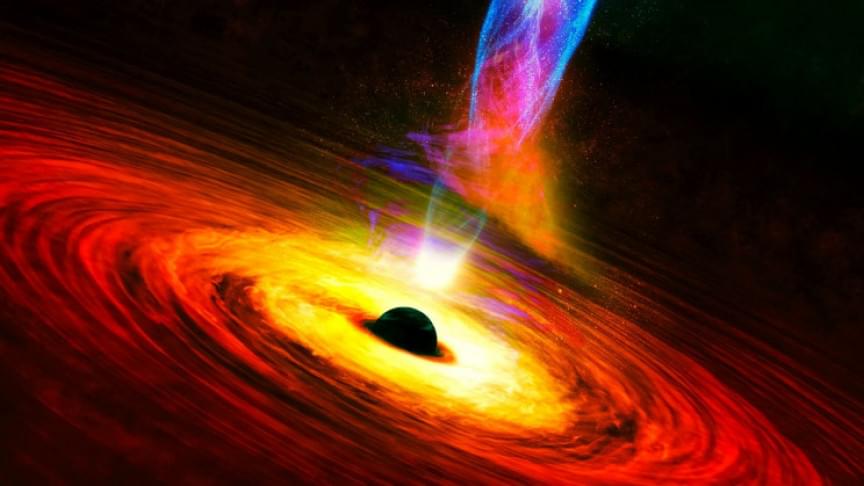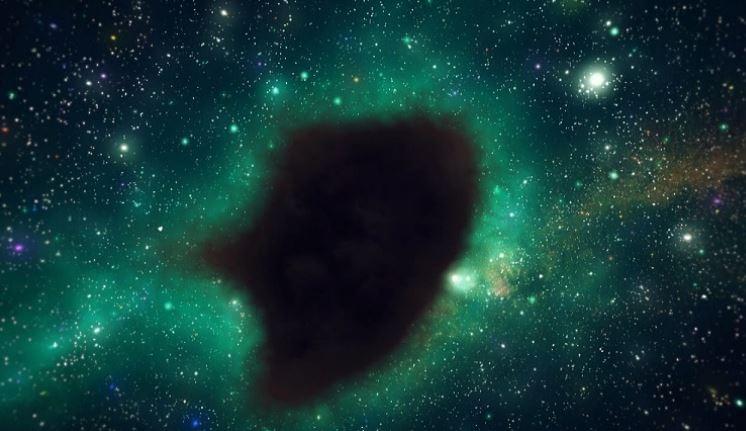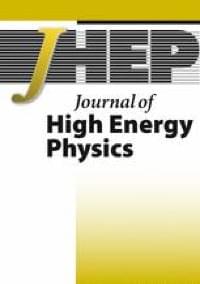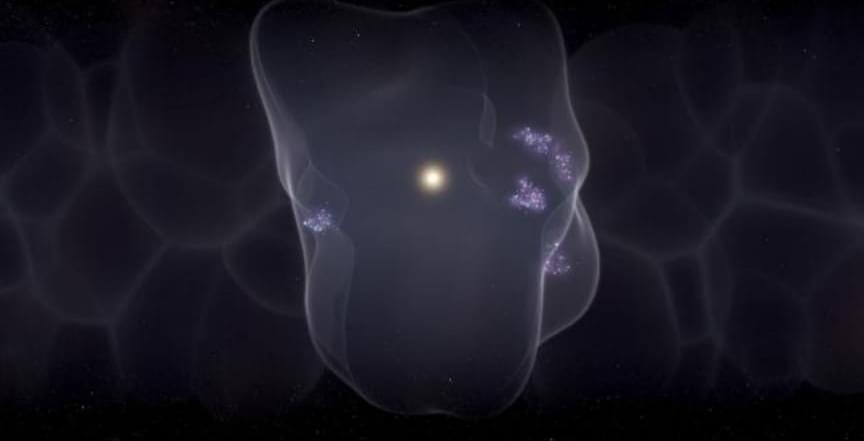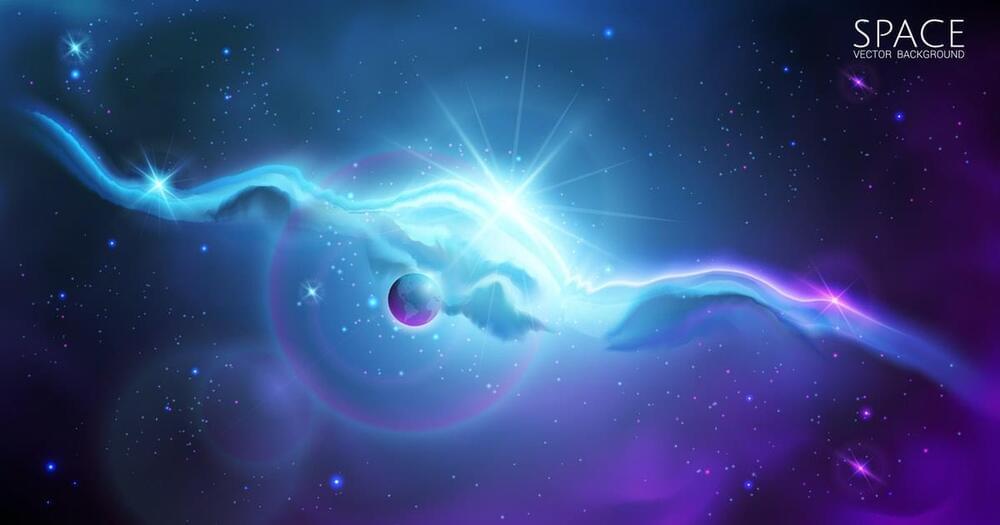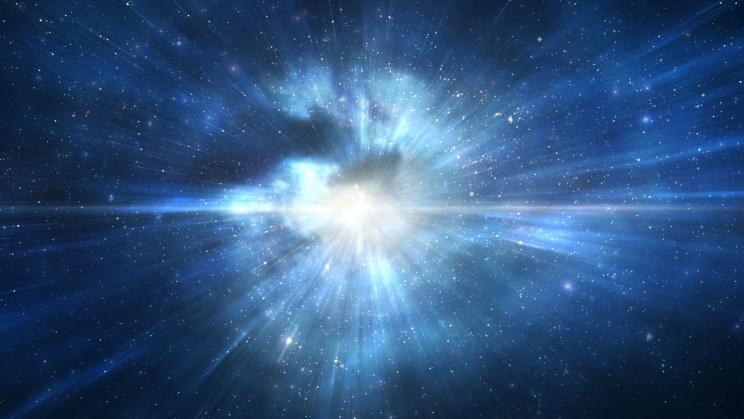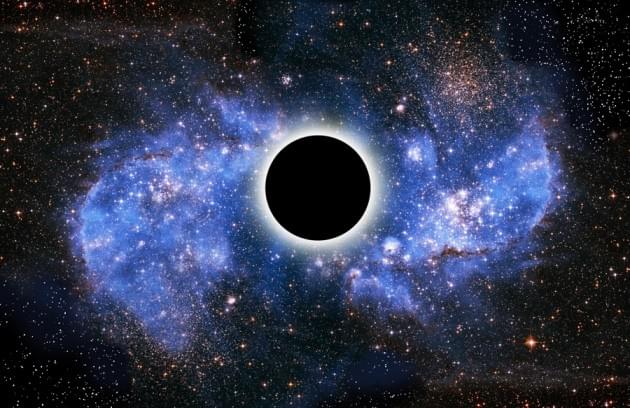Jan 14, 2022
Black Hole at Heart of Milky Way Keeps Flashing and No One Knows Why
Posted by Gemechu Taye in category: cosmology
Sagittarius A* keeps flashing randomly on a daily basis. Astronomers mapped 15 years of radiation bursts to try to figure out why.
The supermassive black hole at the center of the Milky Way, Sagittarius A*, keeps releasing random bursts of radiation on a daily basis and no one can figure out what is causing it. Now, an international team of researchers compiled 15 years of data to try and solve the mystery.
The team, led by a postgraduate student named Alexis Andrés, mapped a decade and a half’s worth of gamma-ray bursts from Sagittarius A* using NASA’s Neil Gehrels Swift Observatory.
Continue reading “Black Hole at Heart of Milky Way Keeps Flashing and No One Knows Why” »
